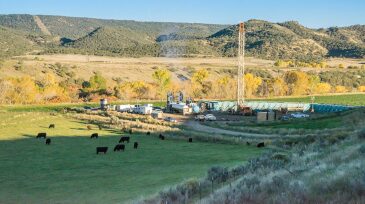-
ADNOC’s authority on technology maturity describes the case studies used to test the company’s new technology qualification process.
-
The effectiveness of delivering information about a new energy project to community stakeholders varies based on the method used; how a message is framed can affect individual opinions.
-
As well-developed shale plays and tight formations mature and decline in production, nontraditional strategies for maximizing production and discovering new resources must be considered.
-
Operators need to take steps to protect their facilities from drone security breaches by outsiders. The costs an attacker incurs in developing tools to break into and control infrastructure is low compared to the costs an operator incurs in defending against those tools.
-
Stressed-performance testing and performance indicators are among potential subjects identified as areas of potential interest in future human-factors research.
-
Why is designing with human error in mind so critical? Consider that nearly 80% of all offshore facility accidents are caused by human errors, and 64% of these accidents happen during operations.
-
A 3D conceptual model developed by ConocoPhillips helps to outline the company’s water usage for hydraulic fracturing operations in the Eagle Ford.
-
Speaking at an OESI-HFES joint forum, an expert on situation awareness explains the role it plays in preventing human error in oil and gas operations.
-
As operators rely on longer subsea tiebacks, an upward trend in the number of plugs caused by paraffins and hydrates has been seen. New prevention and remediation methods are discussed to help solve these challenges.
-
Petrobras, Wood Group, Shell, BP CEOs are among the industry leaders scheduled to speak at SPE Offshore Europe 2017 in Aberdeen.










